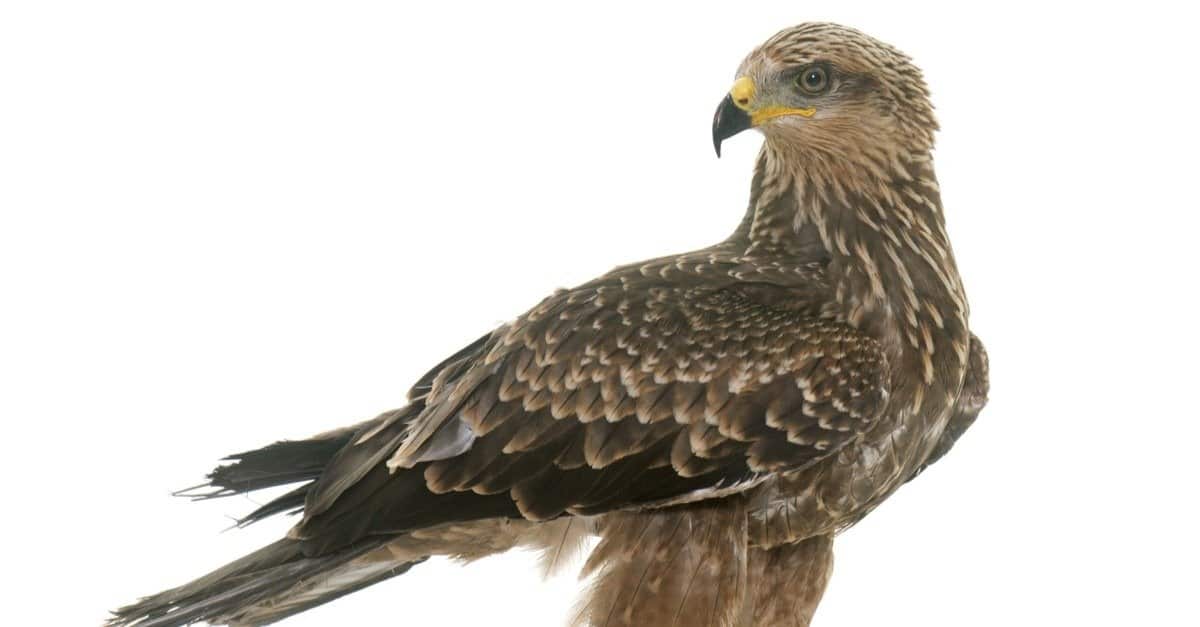

The buzzard eats mainly small rodents, especially mice, rats and voles, but also rabbits and hares. It sometimes flies together with vultures, so animals mistake it for a carrion-eating bird and don't escape, becoming easier to catch. When it hunts, this bird soars high over its territory it is capable of flying at the same heights of the golden eagle) or perchs on a tree waiting for prey. It is found in mountains, lowlands and even suburban areas, and hunts in forests and meadows. In might be mistaked for a golden eagle in flight, however, golden eagles have longer tail and longer, more squared wings.
#Common buzzard Patch#
Wings are broad and rounded, with a white, brown streaked patch on the underwing. There's always a "V" shaped patch of feathers on the breast. Can come in three distinct morphs: brown, rufous and dark. Difficult to distinguish from Eastern Buzzard, but said to be darker brown overall, with dark carpal patch not contrasting with the rest of the wing as strongly. Upper mandible cerate, its dorsal outline declinate and little convex as far as the cere, then decurved, the sides rapidly sloping towards the end nearly perpendicular but convex, the edge with a. Identification: The Buteo buzzards present a stocky body, broad wings and a tail when in flight. It has a very variable plumage coloriation: from very dark brown, light brown, brown and white to leucistic or albino. Bill short, strong, as broad as deep at the base, compressed toward the end. Populations of birds of prey vary hugely across the UK Sparrowhawks, Kestrels and Red Kites are also considered common. The common buzzard is a fairly easy bird to recognize and distinguish. The most common bird of prey in the UK is the Common buzzard, with over 70,000 to 100,000 breeding across virtually every region of the UK. The word "buzzard" comes from Middle English bosart which is borrowed from Anglo-Norman buisart which is derived from Old French buison, buson which is derived from Latin būteō which is imitative of the buzzard's cry.


 0 kommentar(er)
0 kommentar(er)
